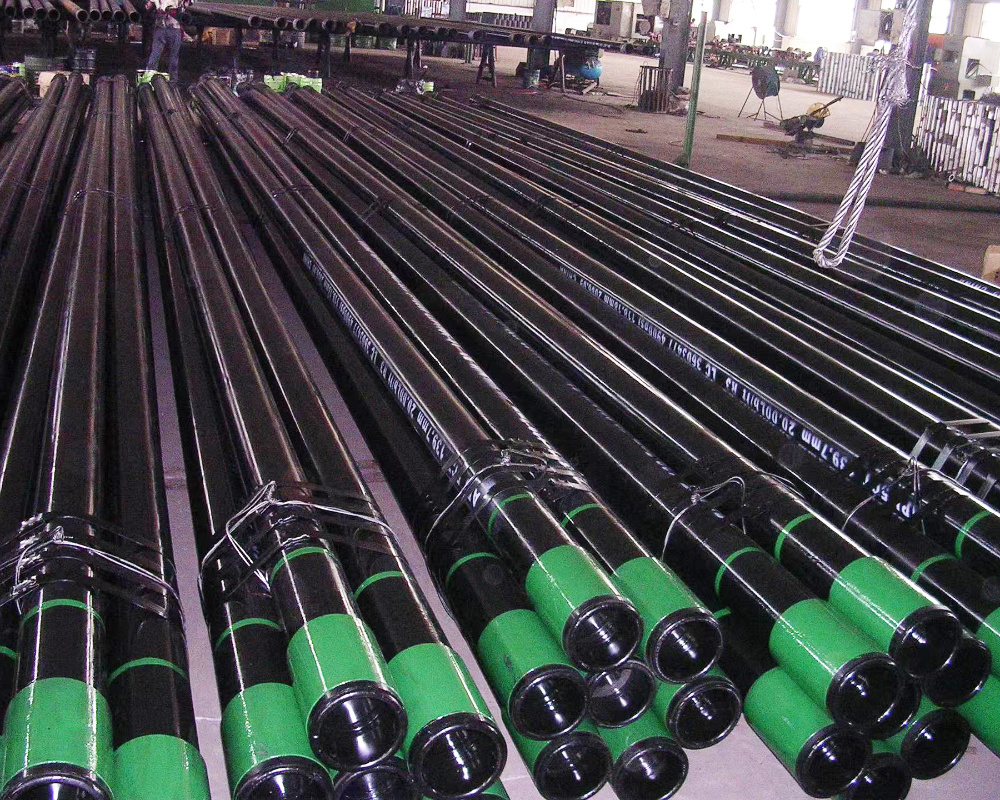Understanding Insulated PEX Pipe for Wood Boilers: A Comprehensive Guide
When it comes to heating systems, particularly those utilizing wood boilers, the selection of appropriate piping is crucial for efficiency and performance. Insulated PEX (cross-linked polyethylene) pipe has gained popularity as a reliable option within this domain. Understanding its features, benefits, and applications can significantly enhance the effectiveness of heating systems while ensuring d
When it comes to heating systems, particularly those utilizing wood boilers, the selection of appropriate piping is crucial for efficiency and performance. Insulated PEX (cross-linked polyethylene) pipe has gained popularity as a reliable option within this domain. Understanding its features, benefits, and applications can significantly enhance the effectiveness of heating systems while ensuring durability.
Insulated PEX pipe is specifically designed to minimize heat loss, which is a common concern when transporting hot water from wood boilers to heating systems. The insulation surrounding the PEX pipe prevents significant thermal transfer to the external environment, ensuring that the heat generated in the boiler reaches its intended destination efficiently. This characteristic is particularly beneficial in colder climates where heat retention is vital for maintaining comfortable indoor temperatures.
One of the primary advantages of using insulated PEX pipe for wood boilers is its flexibility. Unlike rigid piping materials, PEX can be easily maneuvered around obstacles, which simplifies installation. This flexibility reduces the need for excessive fittings and joints, thereby minimizing potential leak points in the system. Additionally, PEX is resistant to scale and chlorine, and it does not corrode, which contributes to a longer lifespan compared to traditional metal pipes.
Moreover, the lightweight nature of insulated PEX pipe makes it easier to handle and install, cutting down labor time and costs. It can also expand and contract with temperature fluctuations, reducing the risk of pipe bursts during freezing conditions. When paired with a wood boiler, insulated PEX pipe can efficiently transport hot water for radiant floor heating, baseboard heating, or other hydronic heating applications.
Another critical aspect to consider is the environmental impact. PEX is often made from recycled materials, and its longevity contributes to less waste over time. Furthermore, by reducing heat loss, insulated PEX pipes can help to lower energy consumption, leading to a reduction in the overall carbon footprint of heating systems.
In summary, insulated PEX pipe offers a multitude of benefits for wood boiler applications, including thermal efficiency, flexibility, durability, and environmental friendliness. Its ability to minimize heat loss makes it an excellent choice for anyone looking to optimize their heating systems. As the construction and renovation industries continue to evolve, incorporating insulated PEX piping in wood boiler systems is a forward-thinking approach that aligns with sustainable building practices. The next time you're considering materials for a heating project, don't overlook the advantages of insulated PEX pipe—it may just be the key to achieving an efficient and effective heating solution.
Insulated PEX pipe is specifically designed to minimize heat loss, which is a common concern when transporting hot water from wood boilers to heating systems. The insulation surrounding the PEX pipe prevents significant thermal transfer to the external environment, ensuring that the heat generated in the boiler reaches its intended destination efficiently. This characteristic is particularly beneficial in colder climates where heat retention is vital for maintaining comfortable indoor temperatures.
One of the primary advantages of using insulated PEX pipe for wood boilers is its flexibility. Unlike rigid piping materials, PEX can be easily maneuvered around obstacles, which simplifies installation. This flexibility reduces the need for excessive fittings and joints, thereby minimizing potential leak points in the system. Additionally, PEX is resistant to scale and chlorine, and it does not corrode, which contributes to a longer lifespan compared to traditional metal pipes.
Moreover, the lightweight nature of insulated PEX pipe makes it easier to handle and install, cutting down labor time and costs. It can also expand and contract with temperature fluctuations, reducing the risk of pipe bursts during freezing conditions. When paired with a wood boiler, insulated PEX pipe can efficiently transport hot water for radiant floor heating, baseboard heating, or other hydronic heating applications.
Another critical aspect to consider is the environmental impact. PEX is often made from recycled materials, and its longevity contributes to less waste over time. Furthermore, by reducing heat loss, insulated PEX pipes can help to lower energy consumption, leading to a reduction in the overall carbon footprint of heating systems.
In summary, insulated PEX pipe offers a multitude of benefits for wood boiler applications, including thermal efficiency, flexibility, durability, and environmental friendliness. Its ability to minimize heat loss makes it an excellent choice for anyone looking to optimize their heating systems. As the construction and renovation industries continue to evolve, incorporating insulated PEX piping in wood boiler systems is a forward-thinking approach that aligns with sustainable building practices. The next time you're considering materials for a heating project, don't overlook the advantages of insulated PEX pipe—it may just be the key to achieving an efficient and effective heating solution.
TAG:
Related Posts
Exploring the Applications of Seamless Black Steel Pipe in Architecture: A Comprehensive Guide
Exploring the Applications of Seamless Black Steel Pipe in Architecture
Table of Contents
Introduction to Seamless Black Steel Pipe
Properties and Characteristics of Seamless Black Steel Pipe
Advantages of Using Seamless Black Steel Pipe in Construction
Diverse Applications of Seamless Black Steel Pipe
Structural Applications
Mechanical Application










